Organ Symphony No. 2 - on Gregorian Easter Chants
A preface
by the composer.
* * *
The author's Organ Symphony No. 2 on Gregorian Easter Chants,
on the other hand, can be understood as a four movement symphony (Sonata
movement; Scherzo; Slow movement; Rondo-Finale) which is contained within a
traditional sonata form (Exposition with 1st & 2nd Subject groups;
Development; Recapitulation and Coda), and it should be relatively easy to perceive
this duality when listening to the work.[1]
The Gregorian
chorales chosen as the main thematic material in this Organ Symphony No. 2, as
well as in Widor's "Symphonie Romane" - and amongst numerous other
works from the Middle Ages until today -, are some of the most popular tunes
indeed which formed part of the monastic liturgies of both the Holy Week and
the Easter Holidays.[2] Here, in the Organ
Symphony No. 2, they are initially being presented in the following, distinct
manners:
appears in the style of a Siciliano:
* * *
•
Haec Dies
as a Ricercare:
* * *
• Alleluia Pascha Nostrum
as a Fuga:
•
Vexilla Regis
as an Arioso
(in the Tenor):
The diagram below
serves to illustrate - in place of a full verbal analysis - the formal sections
of the Organ Symphony No. 2 and how the themes fit into its general scheme: [3]
*Motto: The first six notes of Victimae Paschalis (beginning of the first phrase), followed by a cadential figure (end of the second phrase).[4]
* * *
The Organ Symphony
No. 2 shows much improvement in respect of the overall flow and coherence of
the individual sections, as well as the way the themes are being juxtaposed and
combined. With just under 20 minutes of performing time, or 479 bars of music,
it is also a fair bit shorter than its predecessor.
For a colour-coded
explanation of the contrapuntal connections throughout all of this work, which
are quintessential to the thematic development on one side, and the
understanding of the formal logic on the other, the author has prepared this
YouTube video:
https://www.youtube.com/channel/UCJVHfzrnYXUDcc7uXwbYbiA
[1] For a more detailed essay on the genesis - and the problematic - of the single-movement sonata form, past and present, visit this blog post by the author: Developing the Single-movement Sonata Form
[2] Several of the Gregorian chants have been, following the Reformation, incorporated into the Protestant Hymn books, such as Victimae Paschalis Laudes which has become, albeit in a much altered form, Christ lag in Todesbanden, by Martin Luther in 1524.
[3] see above footnote 1; also the preface to the Organ Symphony No.1 - on Lutheran Christmas Chorales
[4] Interestingly, notes 1-3 form at the same time their retrograde; notes 4-6 the inversion, as well as the retrograde inversion, of notes 1-3. This matter is being of some importance throughout the polyphonic settings of the Organ Symphony No. 2.

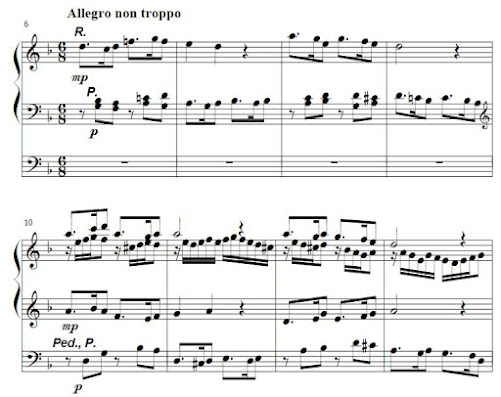

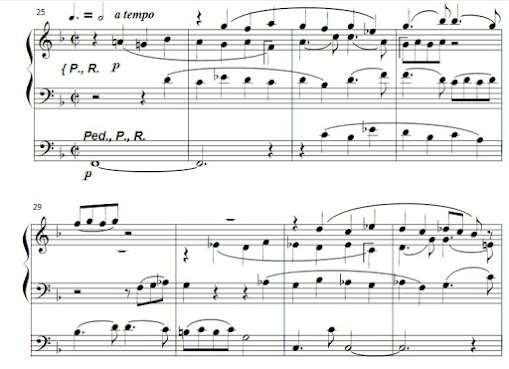

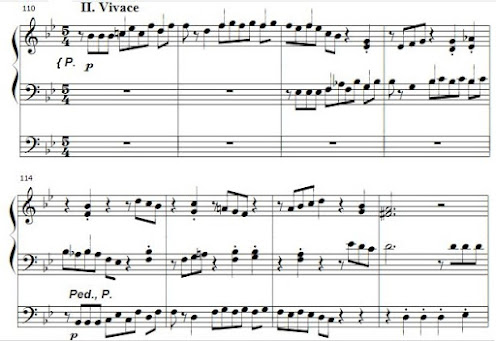


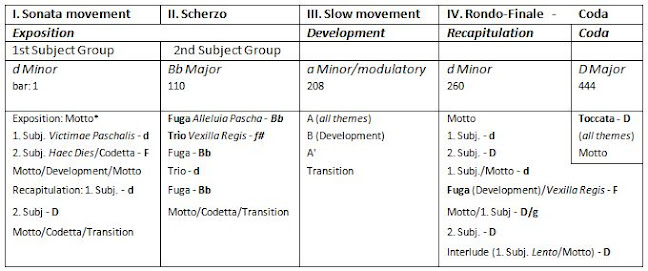
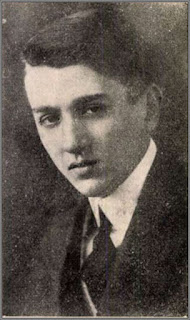

Comments
Post a Comment